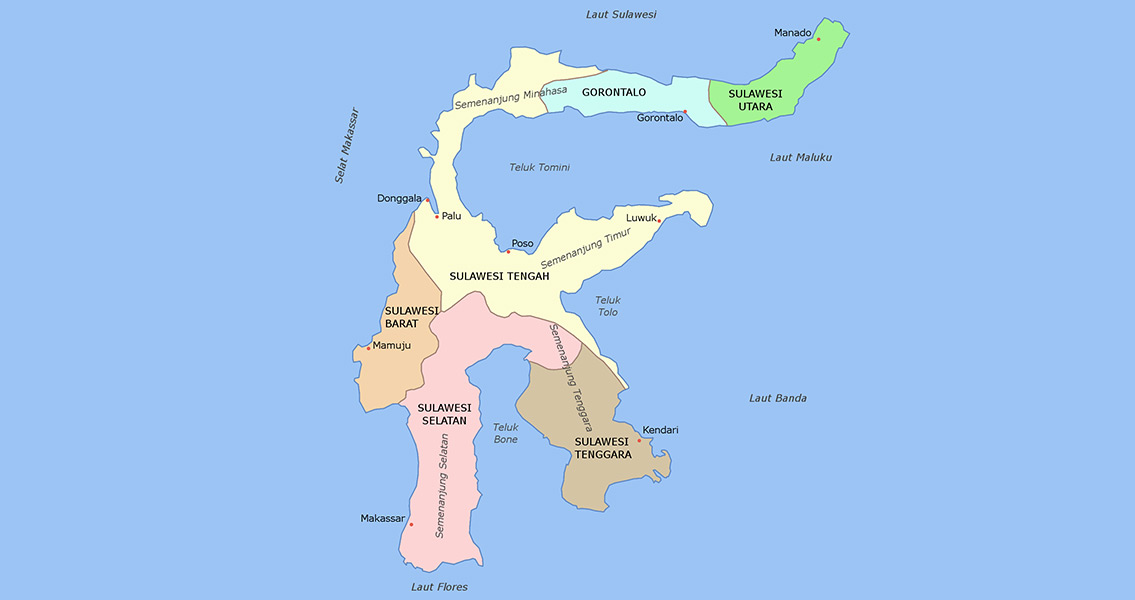<![CDATA[New evidence shows that before anatomically modern humans entered the island of Sulawesi, an as yet undetermined pre-modern hominin lived there 60,000 years earlier. Excavation for a new road resulted in a plethora of stone artifacts scattered across the surface, which researchers from the University of Wollongong’s Center for Archaeological Science have determined to be more than 118,000 years old. Previously, the oldest artifacts found on the island established the first early human presence to have been between 40,000 and 60,000 years ago. It was believed these modern humans later colonized Australia around 50,000 years ago. The excavation is an open-air site which has been named Talepu, located on Sulawesi in the Walanae Basin, a vast area of oceanic islands which separate continental Asia from Australia. According to the project director, Dr Gerrit van den Bergh from the University’s Centre for Archaeological Science (CAS), the excavations were focused along a ridge, specifically on a hill north of Talepu village. In addition to the stone artifacts they’ve also discovered the fossil remains of extinct and extant megafauna. Megafauna literally translates as large animal, with large being commonly defined as over 100 lbs, (45 kg) which means it includes a variety of species not normally considered as being overly large: kangaroos and white-tailed deer for example. The term is most often associated with Pleistocene megafauna – land animals which were typically larger than their modern counterparts, mammoths for example, as well as large and wild extant animals such as giraffes, rhinoceros, hippopotamus and elephants. The human species that created the stone tools is a mystery - no human fossils at the site have been found. The potential colonizers include Homo Erectus, the Denisovan hominins from eastern Asia, or even distant relatives of Homo floresiensis from Flores, which is just south of Sulawesi. Similar to the island of Flores where the Homo floresiensis (sometimes called ‘Hobbit’) fossils were first found over a decade ago, Sulawesi may have been a natural lab for human evolution in an isolated condition. Initially, the age of the artifacts was unknown and the early attempts to date them failed to give researchers a definitive answer. At the CAS, colleagues of Dr van den Bergh used the latest technique of luminescence dating for feldspars minerals. Feldspar is a group of minerals distinguishable by the silica and alumina present in their chemistry, the most abundant group of minerals on the planet. Known as multiple elevated temperature post-infrared stimulated luminescence (MET-pIRIR) the technique analyzed the sediment layer the artifacts were discovered in. The research is part of a collaboration between the late professor Mike Morwood who led the team responsible for the ‘Hobbit’ find on Flores, and the Geological Agency of Indonesia. Dr van den Bergh was part of Professor Morwood’s research team at the time of H.floresiensis‘ discovery. The research is being supported by ARC grants and funds from the Geological Agency of Indonesia. Image courtesy of Wikimedia Commons user: Olaf Studt ]]>
Has Evidence of Another 'Hobbit' Species Been Found?
